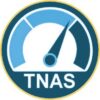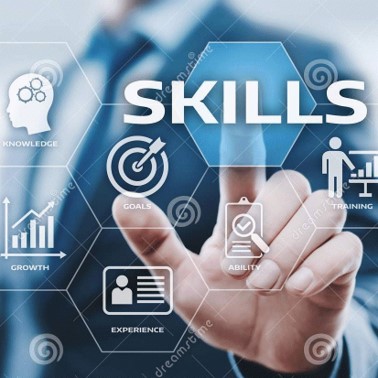Essential Components to Developing a Skilled Workforce
In today’s corporate world, a competitive workforce is a skilled workforce. By “skilled” this means that most — if not all — of the employees can carry out, and sometimes do more than the tasks expected of them.
While achieving that seems relatively easy, a company’s human resource (HR) staff focusing on training and development knows otherwise. It is true that companies can choose to hire “skilled” individuals only – those applicants who have years and years of work experience in their resume and can work in a plug and play mode. But those applicants are really hard to come by. They come once in a blue moon and sometimes, waiting for them to show up is not an option at all.
Because of this dilemma, a lot of companies or organisations turn to hiring fresh graduates or individuals with little to no experience. Generally there should be no problem if a company chooses to do this since employees who are fresh from school, are practically bursting with ideas and most often they are willing to work twice as hard as the older ones. But since they have not been “out there” yet, they sometimes lack maturity and some skills to perform their jobs well. So to bridge the gap in between newbies and competent workers, training and development is necessary.
Training as most of you know is the part where an employee is given formal instructions on what he or she need to do in his or her job. The activities in this part may include classroom sessions and immersion on the actual job itself. In short, this is where an employee gets the know – what’s of the job – what is the year end sales goal of the company, what are the acceptable means to obtain their goals and what systems are they using to track it and so on and so forth.
Just note, however, that training should be constant and structured. All sessions/ batches should learn the same things, understand the same concept and know of the same rules per se. This gives them the opportunity to stand on equal ground and start with their tasks as smoothly as possible. So a trainer, a talent and development specialist, a subject matter expert or whatever you call them should be responsible in carrying out a standard curriculum for everybody. He/ she also needs to sound and look credible, so that she can instill everything that he/ she needs to teach with the right conviction. But, apart from knowing how to stand up in front and talk, trainers should also know how to do several other things. One of them is performing TNA or training needs assessment as necessary.
As implied, training needs assessment is a process where one identifies which training are and will be appropriate for a certain group of employees and which will not. In short, this is the part when a trainer or sometimes an HR staff makes sure that engineers are given trainings for engineers only and accountants are given trainings for accountants only and not vice versa. This is important because these job specific trainings can provide different groups of employees competencies that they need to progress with their respective jobs.
Note that training needs assessment is not a one-time thing. It is a cycle. Most companies are confident in doing TNA at least once a year while the rest opt to do it more often as they find necessary.
Like any cycles, TNA often has steps or components like:
- Having the training specialist sit out with department heads or leaders to determine which specific courses are needed by their staff based on their current skills and the new technologies in the market
- Identifying training courses to offer based on the input of the leaders
- Sourcing out the trainings from internal and external groups (especially if no “canned” trainings are available)
- Carrying out a training calendar to provide the requested sessions or courses
- Doing post training assessment to determine if the trainings worked or if they increased performance
- And at the end of the year, sitting down with the bosses again to go back to the first step
While training focuses more on concepts and knowledge base, development entails more activities that reinforce the applications of the lessons taught during trainings.
Some of these activities may include:
- Mentoring sessions – special one-on-one sessions where the team leader sits down with his or her subordinate to discuss goals and give tips on how those goals can be achieved.
- Assignment of special projects where an employee is given the chance to unconsciously work his leadership, communication skills and innovation.
- Exposing the subordinate to meetings, forums and subgroups to help him increase his visibility and expand his network
- And/ or simply coaching or helping him do everyday tasks and overcome challenges at work.
You may notice that the developmental activities above are mainly carried out by an employee’s direct superior or leader but this does not necessarily mean that the HR staff is totally out of the picture. Sometimes, a part of his/ her task is to track or to make sure that those activities are really happening. In a few instances, he/ she may also need to get with the leaders to give them training on several topics like: effective means on providing feedback and communication. So in a way, he or she oversees the entire training and development process. And with his/ her efforts, plus the cooperation of everyone in the company new employees can become competent and skilled contributors in no time.
In summary, hiring newbies with little skill but a lot of potentials can be challenging. But if a company is willing to spend time and sometimes money to hone their talents and competencies and if they have a dedicated HR staff the employees are bound to become a part of the so – called competitive workforce that any organisation wants and needs.



